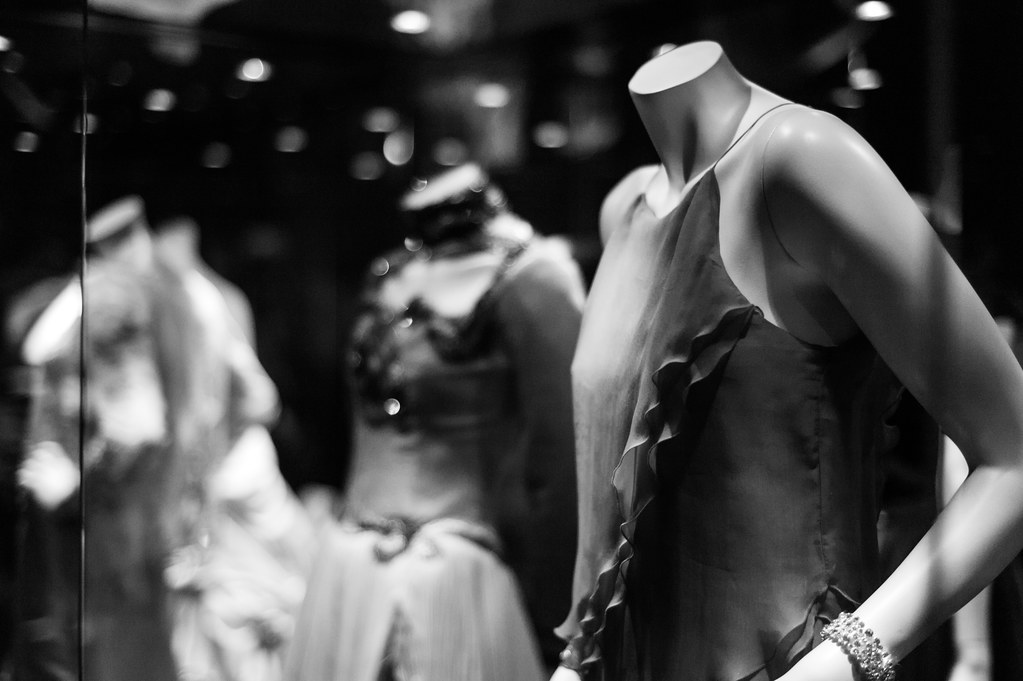Archiver
Mentor
To be honest, I don't know much about converting to black and white. My process is to work towards a fairly high contrast 'glowing' look that is just on the verge of blowing highlights, with full deep shadows and blacks. My model is how the Leica M9 dng files render as black and white through Lightroom, via a preset that I stumbled across many years ago. I aim to make every other cameras output look like that.
To this end, I shoot in raw, and apply a Lightroom preset which I've created for each of my main cameras. Adjust to taste and then export full size jpegs.
Examples:
 M9 + ZM21/2.8 - Ueno by Archiver, on Flickr
M9 + ZM21/2.8 - Ueno by Archiver, on Flickr
 M9 - Valentino by Archiver, on Flickr
M9 - Valentino by Archiver, on Flickr
If faces are too dark, I often raise exposure with the brush tool in Lightroom, but not so much as to appear abnormal.
 GM1 - Beats [explore 2014 07 05] by Archiver, on Flickr
GM1 - Beats [explore 2014 07 05] by Archiver, on Flickr
I don't output a lot of black and white, but I go through periods of liking the M9's black and white output so much that I want to get a M9 Monochrom. There was a chance to get one secondhand, and the test files I shot with it were amazing, but the sensor was corroded and dirty as all heck.
To this end, I shoot in raw, and apply a Lightroom preset which I've created for each of my main cameras. Adjust to taste and then export full size jpegs.
Examples:
 M9 + ZM21/2.8 - Ueno by Archiver, on Flickr
M9 + ZM21/2.8 - Ueno by Archiver, on Flickr M9 - Valentino by Archiver, on Flickr
M9 - Valentino by Archiver, on FlickrIf faces are too dark, I often raise exposure with the brush tool in Lightroom, but not so much as to appear abnormal.
 GM1 - Beats [explore 2014 07 05] by Archiver, on Flickr
GM1 - Beats [explore 2014 07 05] by Archiver, on FlickrI don't output a lot of black and white, but I go through periods of liking the M9's black and white output so much that I want to get a M9 Monochrom. There was a chance to get one secondhand, and the test files I shot with it were amazing, but the sensor was corroded and dirty as all heck.
A
AndyCapp
Guest
I confess I use all kinds of presets and filters (Radiant, Luminar, Exposure X7) I duplicate them, I mix them, and the only criterion is what I feel like. AS my pictures are not intended for an art book, I really do not care about the curves or the numbers.
There was a novel BW conversion technique for LIghtroom Classic on YouTube, but I could not get the result I was hoping for.
I see a lot of BW conversions with chalky whites and shadows that are without detail.
That's not something a seventies TX-D76-Agfa Portriga person approves of.
I go cheesy if I feel like it. I do this for fun.
There was a novel BW conversion technique for LIghtroom Classic on YouTube, but I could not get the result I was hoping for.
I see a lot of BW conversions with chalky whites and shadows that are without detail.
That's not something a seventies TX-D76-Agfa Portriga person approves of.
I go cheesy if I feel like it. I do this for fun.
Last edited by a moderator:

